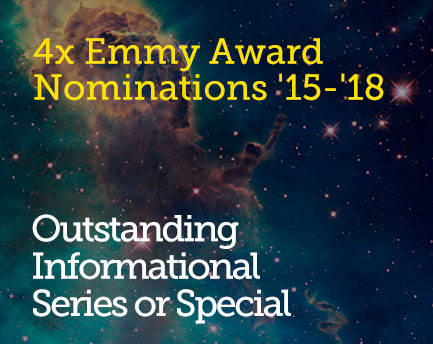August 3, 2016 8:00 pm
Mary Roach: A StarTalk Veteran
Today’s guest blog post is by Alex Hanson, StarTalk’s STEAM intern. She is a junior at NYU and founder/editor of HERpothesis, which showcases work by creative young women inspired by STEAM.
Mary Roach is a StarTalk veteran and an author who’s followed her curiosity to Mars, the afterlife, and even the inside of an MRI machine. Mary isn’t a scientist— she holds a psychology degree and a hefty portfolio of writing (on science and otherwise) in publications like National Geographic, GQ, Wired, Vogue, New Scientist, and the New York Times Magazine, but she tackles the science behind subjects that interest her and has written six books that combine the scientific with the humorous. As a young woman and writer with a curiosity for STEM, I am overjoyed to have come across Mary Roach and her work. Her books are engaging, accessible, and fun for anyone who might share in Mary Roach’s constant search for knowledge— proving that you can indulge in an exploration of STEM fields to whatever extent you’d like, no matter what your background is. She has appeared on StarTalk several times to share her discoveries and adventures in writing her books, and her segments never fail to inspire awe and make me laugh. I met her briefly at the recording session for her most recent episode, “Cosmic Queries: The Science of Humans at War,” and can vouch for the fact that her humor, wit, and intelligence are all evident in every conversation she has.
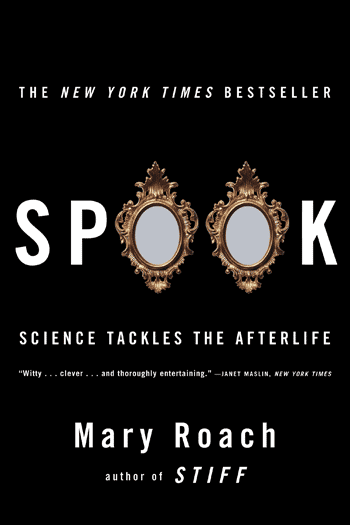
Courtesy of Mary Roach’s website: http://www.maryroach.net/books-news.html
Mary Roach first appeared on StarTalk in season two’s episode “Spooky Science” to help shed some light on technology’s role in ghost hunting throughout history. Her book Spook: Science Tackles the Afterlife dives into the ways people have searched for evidence of ghosts throughout the years. In “Spooky Science” she tells how new technologies often come with a new confidence in the machine’s ability to detect ghosts— but there seems to be a lack of evidence that even electromagnetic field meters (EMF meters, for short), known for their popularity among ghost-busting enthusiasts, truly detect “spirit” energy. She also debunks the myth of a ghost communicating through spellcheck suggestions. Later in the episode, Mary breaks down the origins of ectoplasm: pranks requiring sizable amounts of cheesecloth. Her understanding of the relationship between technology, history, and the public’s interest in ghosts makes for fascinating listening— and reading.
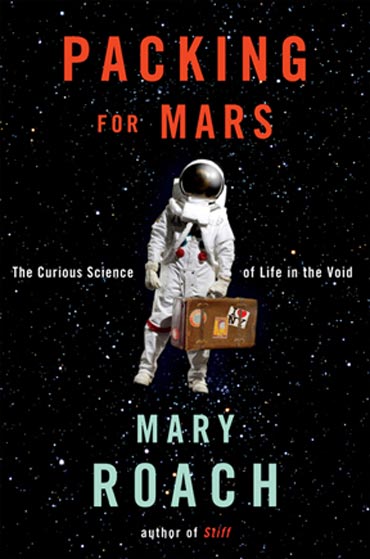
Courtesy of Mary Roach’s website http://www.maryroach.net/books-news.html
In season three, Mary came back to discuss a completely different subject in “Packing for Mars.” Neil deGrasse Tyson, co-host Chuck Nice and in-studio guest astronaut Mike Massimino discuss Neil’s interview with Mary about all things Mars, and what it will take to get there. The episode was named after her book Packing for Mars: The Curious Science of Life in the Void. The New York Times bestseller looks into what it would take for humans to spend extended periods of time in space or even to colonize Mars. In part one of “Packing for Mars,” Mary discusses theories of what makes the “perfect” astronaut— both physically and psychologically. She also addresses questions about eating: How important is comfort food on the long ride to Mars? Could we have livestock on The Red Planet? How does the weight of an astronaut affect their mission?
In part two of “Packing for Mars,” Neil and Mary get into the dirty details of extended space travel. This includes a detailed discussion on how astronauts use the bathroom in space, because we know you were wondering about it (don’t worry, you’re not alone: Mike Massimino confirms that this is the most popular question he receives about being an astronaut). The device that teaches astronauts how to use the bathroom in a spacecraft is called a “positional trainer.” It utilizes a camera in the toilet with closed-circuit video feed to show the astronaut whether they are at the right angle for the toilet to suck in the waste. (Mike Massimino also confirms that learning to use this essential device is one of the most important parts of training.) There’s also a discussion about fart experiments in space and whether they can propel someone in zero gravity. Mary and Neil also talk about what she thinks would be the ultimate reality television event: a couple procreating and giving birth en route to Mars.
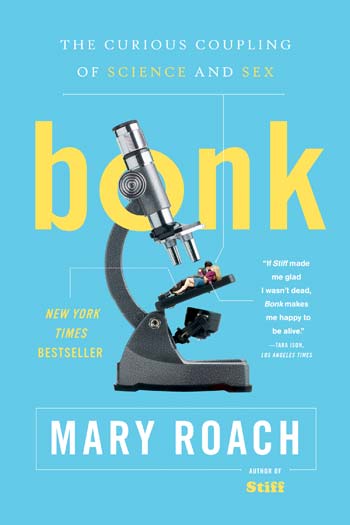
Courtesy of Mary Roach’s website http://www.maryroach.net/books-news.html
Mary Roach came back to talk more about doing the dirty deed in “The Science of Sex,” which also featured in-studio co-host Kristen Schaal and clips with Charles Liu and sex therapist Dr. Ruth Westheimer. Mary’s book Bonk: The Curious Coupling of Science and Sex looks at a completely different subject from any of her prior books, but maintains the signature Mary Roach humor, curiosity, and complete devotion to the scientific study of a subject. And devoted she was! In part two of “The Science of Sex,” she shares an anecdote about the time she and her husband became the first couple to have sex in an MRI machine, creating a 4D ultrasound of the act. In part one she shares more about how scientists study sex, as well as the unexpected place on your face you’ll find erectile tissue. Part two delves more into studies of arousal in men and women and her personal tips for better sex. These episodes are hilarious, especially when they pair Mary Roach’s well-researched knowledge with Kristen Schaal’s tips from her humor book The Sexy Book of Sexy Sex.
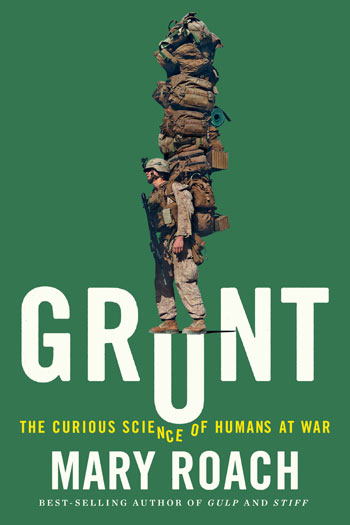
Courtesy of Mary Roach’s website http://www.maryroach.net/books-news.html
Mary’s most recent book Grunt: The Curious Science of Humans at War was just released last month, and she returned to StarTalk once again this week to answer fan-submitted Cosmic Queries about humans at war. She, Neil, and co-host Chuck Nice answered questions about the impact of war on soldiers, both psychologically and physically. Mary shares about advancements in medicine brought about by war innovations, including an oral replacement for IV glucose that was invented to combat cholera and dysentery in troops— which is now saving millions of lives in developing countries. The crew answers questions about the possibility of super soldiers and research into animal-inspired biological modifications, such as surgically implanted gills. They also discuss the potential of weaponized particles and anti-personnel devices that can use microwaves to dispel crowds— technology that used to be the stuff of science fiction.
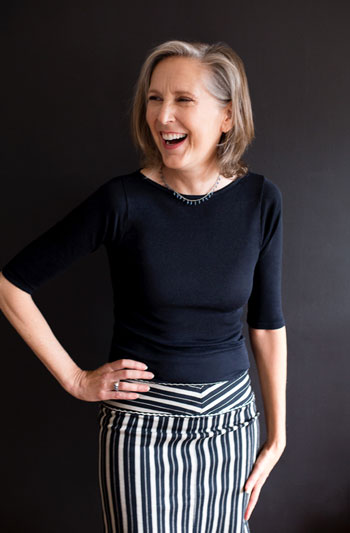
Photo by Jen Siska , courtesy of Mary Roach’s website http://www.maryroach.net/maryroach.html
Mary Roach’s interest in humans, our bodies, our functions, and our psychologies has led her down a number of different paths of research. She takes on each new subject with a healthy dose of humor and curiosity, making for excellent books and wonderful contributions to StarTalk’s exploration of these subjects as well.
Get the most out of StarTalk!
Ad-Free Audio Downloads
Priority Cosmic Queries
Patreon Exclusive AMAs
Signed Books from Neil
Live Streams with Neil
Learn the Meaning of Life
...and much more

 Become a Patron
Become a Patron

